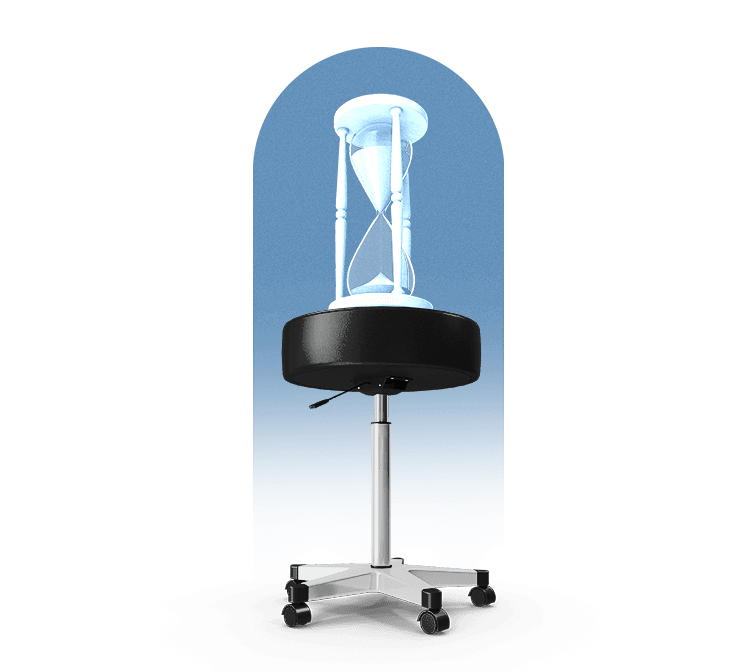


Addressing a patient’s health condition more holistically requires a deeper understanding of the patient’s and provider’s practical needs, as well as their emotional and social needs. This holistic view of patient and provider needs can be uncovered through a behavioral science lens. In brief, behavioral science is the study of human perception and behavior change. It seeks to understand the human psychological needs and biases, and investigate ways to address those needs.
An insightful 2015 opinion piece by Dr. Dhruv Khullar provides examples of how a behavioral science approach could encourage a more holistic approach to patient care. In this piece, he identifies powerful ways that behavioral science approaches might be employed to improve quality of care. The techniques he discusses are the same that come to mind when thinking about how to encourage holistic care: setting defaults, prompting people’s self-concept, and highlighting social norms.

Let us take defaults as the first example. “Defaults” involve setting up a process or a tool so that the desired behavior is automatic or opt-out, and can yield consistent changes in behavior. One well-known study (Haas et al, 1997) saved a hospital system millions of dollars by altering the prescription order software so that generic medications were selected as a default and physicians had to effortfully change the listing if they wanted the brand-name drug. Because we often use defaults in medical record software to prompt physicians to query certain areas, a default like this can be used to trigger specific questions about comorbid conditions. Simple checklists or tools that prompt a physician to query or discuss important aspects of holistic health with patients could prompt greater breadth in consults, and may support the development of new physician habits. Creativity is possible in how this default is implemented: a set block of text in a note template, a reminder before the physician can close the record, or a sign on the wall prompting patients to share other conditions. Many forms of defaulting could make more holistic questions a "status quo" behavior within each consult.

A second example from behavioral science is to prompt the person’s self-concept. Changes to a person’s self-concept could drive more holistic practices. Sometimes the strongest drivers of behavior come from ineffable ideas that an individual person, or physician, has about their role, the world, or their self. Seeing oneself as a holistic physician may drive high-value patient care behaviors more sustainably, and more consistently. A related concept, inductive social norms, would aim to communicate the idea that physicians, as a group, value holistic care, and that to fail to provide holistic care violates an important social norm. Although less concrete, these “self-concept” interventions can be easier to apply, through communications, education or training, than it might be to accomplish major changes to physician consultation processes or reimbursement schemes. Indeed, major changes to physician reimbursement or consultation procedures are often out of reach, making self-concept interventions an appealing alternative to using defaults or incentives to shape behavior.

It would be naïve, of course, to ignore the fact that many aspects of the current system conspire to discourage the desired behaviors: time pressures, increasing complexity of practice environments, reimbursement and billing processes, and other elements provide strong motivators to keep treatment focused and brief. A short consult in which a physician can bill for a brief procedure and prescription may be reimbursed at a higher rate than a longer consult that contains a much-needed discussion about more wide-ranging elements of a patient's life.
Top-down change to the structural elements of the healthcare system would therefore be the strongest way to support widespread, consistent changes towards better holistic care. Even small changes to the environment could make a big difference. For example, small incentives, if given directly after a behavior, can be major “shapers” of change. Consider a situation where a physician is able to bill an extra sum for time spent on more holistic explorations of a patients’ situation: such an incentive scheme would function to provide an indicator to physicians of what the “desired” behavior is, but also provides a small, salient reward directly after the behavior. In the absence of these changes, however, linking holistic care firmly to a physician’s sense of themself and their role, and conveying a strong “prescriptive social norm” towards holistic care, are good candidates to promote real change.
References:
Haas JS, Phillips KA, Gerstenberger EP, Seger AC. Potential savings from substituting generic drugs for brand-name drugs: Medical Expenditure Panel Survey, 1997- 2000. Ann Intern Med 2005;142:891-7
Khullar, D., Chokshi, D., Kocher, R., Reddy, A., Basu, K., ; Conway, P., Rajkumar, R., (2015). Behavioral Economics and Physician Compensation — Promise and Challenges. New England Journal of Medicine, 372, 2281–2283. doi:10.1056/NEJMp1502312